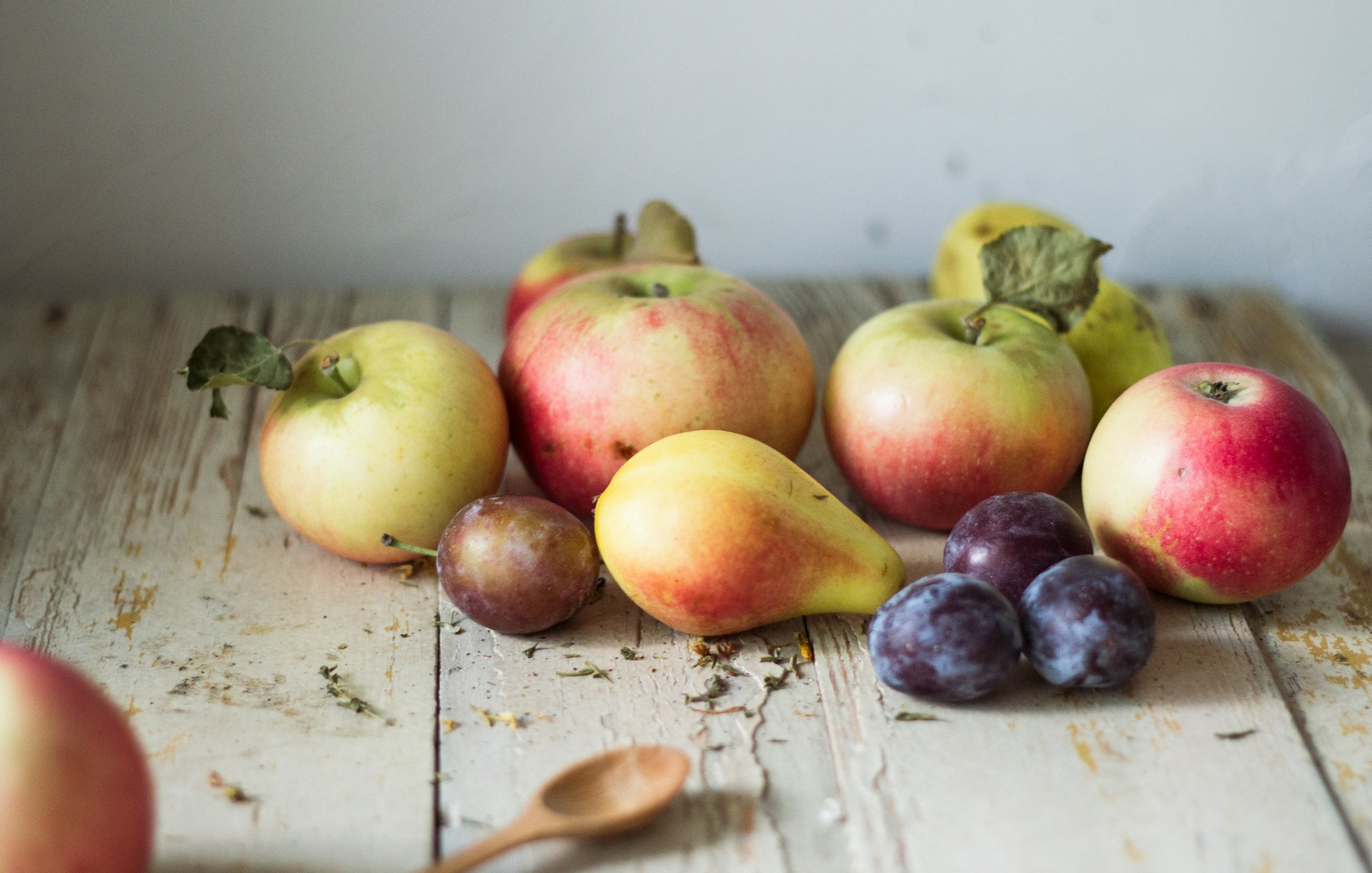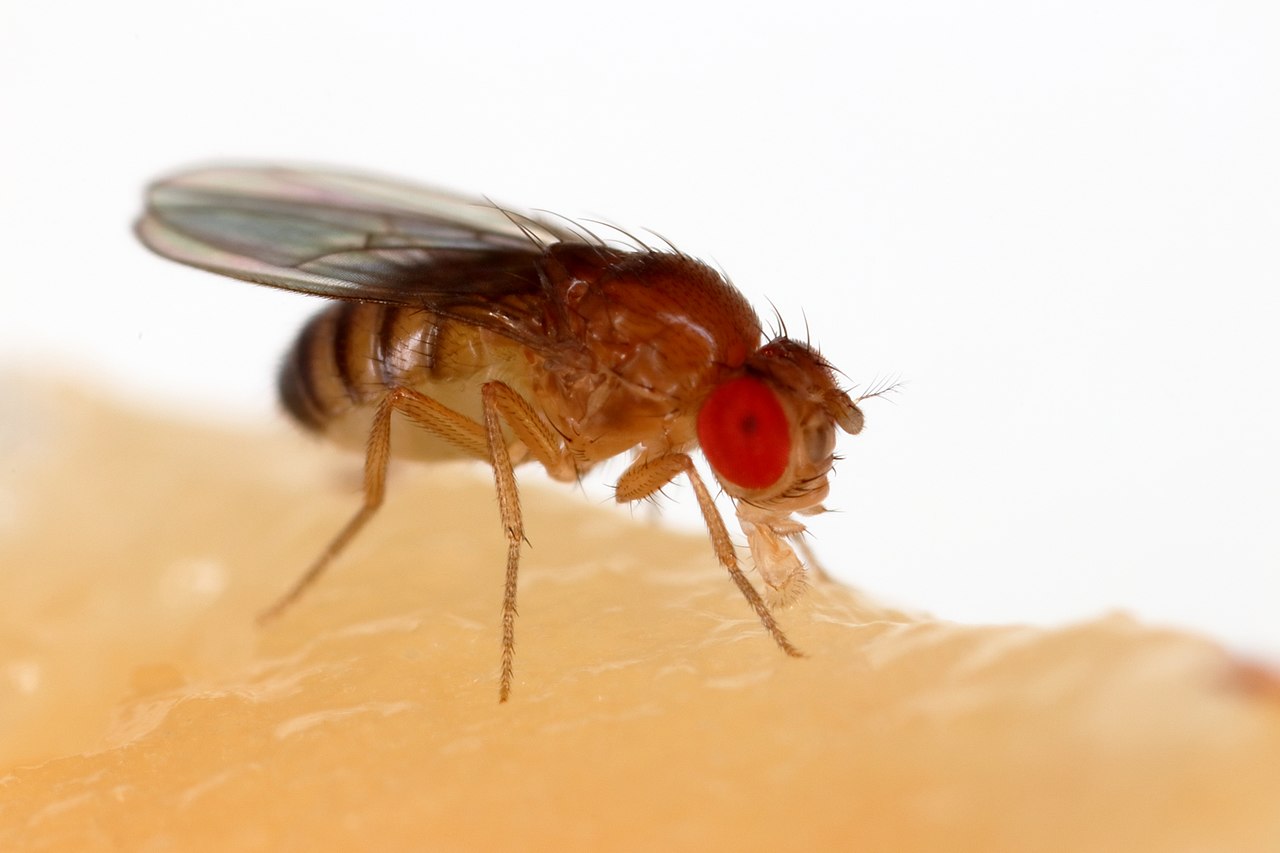
Window Treatment & Styles
Where Do Fruit Flies Come From? Tips to Get Rid of Them Fast
Fruit flies seem to appear out of nowhere. Is it magic? Definitely not. So, where do fruit flies come from?
They enter houses through cracks and gaps, being drawn to rotten and fermenting fruits and vegetables, as well as moisture. They may also catch a ride on store-bought produce.
In this guide, we'll discuss where fruit flies come from, why they're so persistent, and, most importantly, how to get rid of them!
Key Takeaways
- Fruit flies enter homes through tiny cracks and contaminated produce, primarily thriving on fermenting fruits and sugary materials. They are also attracted to moisture, so they can be seen in bathrooms and basements.
- Their rapid life cycle allows them to reproduce quickly, with female fruit flies laying up to 500 eggs. Infestations can escalate in warm, humid conditions.
- Effective prevention includes sealing all entry points, storing food in airtight containers, keeping your house clean, and using traps with apple cider vinegar or ripe fruits.
What Are Fruit Flies?

Fruit flies or vinegar flies, scientifically known as Drosophila melanogaster, are small flies measuring approximately 2.4-4 mm. They are tan or yellow to light brown and have bright red eyes. They are common in establishments with rotten or fermenting food.
Fruit flies particularly love ripened fruits and vegetables, although they are also attracted to garbage disposals, empty bottles and cans, and even cleaning rags.
Fruit flies lay their eggs on the surface of these foods or materials, as well as on other moist, organic materials. When the fruit fly larvae emerge, they feed near the surface of the fermenting food, which causes damage to fruits and vegetables.
Fruit Fly Life Cycle
One single fruit fly lays about 500 eggs. The entire lifecycle of a fruit fly takes approximately a week. This rapid development allows fruit fly populations to explode in a short period, especially in favorable conditions.
The average lifespan of a common fruit fly is surprisingly brief: fruit flies live roughly 40-50 days. An adult fruit fly primarily spends about a month and a half of its life cycle as an adult, during which it continuously reproduces. Despite their brief existence, these tiny pests can cause significant problems because of their rapid reproduction.
Environmental conditions such as temperature and humidity greatly affect the lifespan of fruit flies. They tend to live longer and reproduce more rapidly in warmer temperatures. This explains why you might notice an increase in fruit fly activity during the summer months.
Where Do Fruit Flies Come From?
These insects are notorious for their attraction to specific environments and food sources. The smell of overripe or decomposing produce is often the first thing that draws them into our homes.
However, their tastes aren’t limited to just fruits and vegetables. They are also attracted to:
- Sugary, sweet organic materials
- Decaying meat
- Garbage cans
- Soda
- Alcohol
- Cleaning rags
- Drains
- Mops
- Empty bottles and cans
But where exactly do fruit flies come from?
1. From the Outdoors Through Small Openings
Fruit flies are tiny, just 2–4 mm in length, which means they can easily slip through window screens, door gaps, ventilation ducts, and even tiny cracks in walls. Warm air, sweet smells, or fermenting food can attract them from outside. And once they're inside, they’ll search for suitable breeding grounds like overripe produce or damp drains.
2. Via Infested Produce
Many fruit fly infestations actually begin before the food ever enters your home. Fruit flies often lay their eggs on the skin of fruits and vegetables during harvesting, shipping, or at the grocery store.
For example, you buy some apples from the store, which serve as home to some fruit fly eggs. Naturally, you don't know that because they're microscopically small. When you bring that produce home and leave it on the counter, the eggs hatch and release larvae, which then mature into adult flies. Even fruit that looks fresh and unblemished can carry eggs.
3. From Trash, Drains, and Organic Waste
Fruit flies don’t need much to survive, just moisture and decaying organic matter. Even if you’ve disposed of old food, larvae can survive on small scraps or residue inside trash cans, compost bins, or drains. This is why infestations often continue even after you remove visible food sources.
4. Through Contaminated Containers or Reusable Bags
Reusable shopping bags, grocery totes, and storage containers that once held produce can harbor microscopic eggs if not cleaned properly. If stored in a warm space (like the trunk of a car or under a sink), eggs can hatch inside the container and introduce fruit flies the next time you use it.
Should You Be Concerned?
While other flies, like cluster flies, are harmless, fruit flies can pose serious health risks. Basically, everything these insects touch is covered in bacteria that can make you sick. Here are some things to consider in this regard:
- Even if they're not in the kitchen, fruit flies can rest on towels and toothbrushes and leave bacteria behind.
- They can carry bacteria like E. coli, Salmonella, and Listeria. All of these cause food poisoning.
- They can even become a financial burden because they can consume and destroy a lot of food in a very short period.
- They can also lay eggs on pet food, and your pets can get sick.
- Fruit flies don't bite humans or pets.
How to Get Rid of Fruit Flies and Prevent Infestations

Looking for some effective methods to get rid of fruit flies and prevent future infestations? We've already done the hard work and found the best tips and tricks, which we'll discuss below!
1. Wash Your Fruits and Vegetables
The best way to get rid of fruit flies is to prevent them from multiplying in your house in the first place. Because of this, you should always wash fresh fruits and vegetables immediately after bringing them into the house.
It's not enough to simply hold the fruits under the water for a few seconds. It's best to soak them for a few minutes in a dish filled with water and 2-3 spoons of vinegar. Dry them off and keep them in the refrigerator or on the counter if need be. If you notice that any of them start rotting, throw them away as soon as possible.
2. Remove All the Food from The Counter
Ripening or fermenting fruits and vegetables, sugary spills, food waste, and open food containers attract fruit flies. To eliminate their food source:
- Store produce properly. Keep fruits and vegetables in the fridge or sealed containers. Avoid letting bananas, tomatoes, or peaches sit out once they’re ripe.
- Cover food. If you’re prepping meals or baking, cover food with plastic wrap or lids when not in use.
- Discard overripe items. Immediately throw away any produce that’s starting to rot. Place it in a sealed bag before putting it in the trash to avoid attracting more flies.
- Keep trash sealed. Use a trash can with a tight-fitting lid and take it out regularly. Don't forget the compost bin—those are fruit fly magnets!
- Wipe down surfaces. Clean countertops, cutting boards, and tables daily to remove residue or spills, especially sugary substances like juice, wine, or syrup.
3. Reduce Humidity in Your House
Fruit flies thrive in moist environments. Because of this, it may help to lower indoor humidity levels and get rid of all damp rags. Here are some tips in this regard:
- Use a dehumidifier, especially in basements, kitchens, and bathrooms.
- Ventilate properly. Run exhaust fans when cooking or showering, and open windows when possible to circulate air.
- Fix leaks. Check under sinks, around dishwashers, and behind refrigerators for leaking pipes or puddles.
- Dry damp areas. Wipe up standing water around sinks and in trays under houseplants. Don’t let wet dishcloths or sponges sit out.
- Monitor indoor humidity. Aim to keep it below 50%. You can use a hygrometer to track this.
- Dry your mop and cleaning rags. Fruit flies are also attracted to moist materials and can lay their eggs on these as well.
4. Use Fruit Fly Traps
DIY and store-bought traps can drastically reduce the fruit fly population quickly. Here are some you can try:
- Apple cider vinegar trap. Fill a small bowl with apple cider vinegar, add a few drops of dish soap, and cover it loosely with plastic wrap. Poke a few holes in the wrap. The flies go in and can’t get out.
- Wine or beer trap. Mix a bit of wine or beer in a glass with a drop of dish soap and cover it with a poked wrap.
- Paper funnel trap. Put a piece of overripe fruit (ripe bananas are the best) in a jar, and insert a paper cone (tip-down) into the jar’s opening.
- Store-bought traps. Brands like Terro or Aunt Fannie's offer non-toxic traps that work well for persistent infestations.
Place the traps near fruit bowls, trash cans, sink drains, and compost bins. Replace the bait every couple of days for best results.
5. Clean Your Drains
Drains are a common breeding site for fruit flies, especially if there’s organic gunk lining the pipes. Here are some methods you can try to clean your drains:
- Boiling water: pour boiling water down the kitchen and bathroom sinks daily to kill larvae and flush debris.
- Baking soda and vinegar: pour 1/2 cup baking soda followed by 1 cup vinegar down the drain. Let it fizz for 10 minutes, then flush with boiling water.
- Drain brush: use a pipe-cleaning brush to physically scrub the inside of your drain and dislodge any buildup.
- Enzyme cleaners: these break down organic material in drains and are available at most hardware stores. They’re especially useful for long-term prevention.
6. Check for Hidden Breeding Sites
If you've tried everything and still have fruit flies, it's time to check for less obvious sources. For example, check under appliances. Rotting food can fall behind stoves or under fridges, and the fruit flies can easily reach it.
Additionally, keep your pet food bowls clean at all times. Wash them daily and store pet food in airtight containers. Empty soda cans, beer bottles, and juice containers can also serve as excellent breeding sides for fruit flies, so rinse them all before placing them in bins.
You can use a flashlight to inspect dark corners. And use your smell! Any sour or fermented smell could mean trouble!
7. Seal All Entry Points

Did you know that fruit flies can actually smell fermented and rotten fruits from very far away? Because of this, it's of the essence to seal all entry points that fruit flies can use to sneak in.
For example, it's important to install a fine-mesh bug screen. Standard screens may not be tight enough to stop tiny fruit flies. Magic's retractable bug screens are perfect though - our fine-mesh screens are also fully retractable and cover the window opening completely, leaving no gaps behind.
In addition, make sure that your windows and doors are properly sealed. For example, tiny cracks in window frames or around them can easily let lots of fruit fly in. If possible, seal all cracks and gaps with caulking, weatherstripping, and door sweeps. If your windows and doors are old, it's best to replace them. New units won't only keep your home bug-free but also improve energy efficiency and increase home value.
Don't forget that vents and exhaust fans can also let fruit flies in. Therefore, cover them with mesh screen material.
Enjoy a Bug-Free Home with Magic!
Tired of dealing with fruit flies no matter how clean your home is? At Magic, we believe that prevention starts with your windows and doors! Our retractable bug screens and high-performance window and glass door systems are designed to keep pests out, all while improving energy efficiency and increasing home value!
Contact Magic today to learn more about how our innovative solutions can help you keep your home bug-free, all year long!
Frequently Asked Questions
How do fruit flies spawn out of nowhere?
Fruit flies don't actually appear out of nowhere. They can smell fermenting fruits, vegetables, and organic residues from far away. They enter through screens, tiny cracks, or drains. Store-bought fruits and vegetables may also have fruit fly eggs.
Why do I suddenly have so many fruit flies?
If you suddenly see many fruit flies, they've probably found a food or breeding source in your house, such as overripe fruit, dirty drains, or garbage. Fruit flies reproduce incredibly quickly, so it's not uncommon to suddenly have lots of fruit flies.
How do you find the source of fruit flies?
To find the source of fruit flies, check areas with moisture and decaying organic matter, such as fruit bowls, garbage disposals, drains, compost bins, or recycling containers. Observe where the flies cluster so you can find their breeding site.
What is the fastest way to get rid of fruit flies?
The fastest way to get rid of fruit flies is to remove any food sources, reduce humidity, and clean all potential breeding areas thoroughly. Then, you can use DIY or commercial fruit fly traps.
Where do fruit flies come from?
Fruit flies often enter homes through small cracks or gaps and can also be introduced via contaminated produce. To prevent their entry, ensure doors and windows are properly sealed and inspect food before bringing it inside.
How can I prevent fruit fly infestations?
To prevent fruit fly infestations, seal all entry points, store produce in airtight containers, dispose of trash regularly, and maintain clean, dry garbage disposals.
Are fruit flies harmful?
Yes, fruit flies can be harmful as they may transmit bacteria such as salmonella and E. coli, contaminating food and posing health risks.